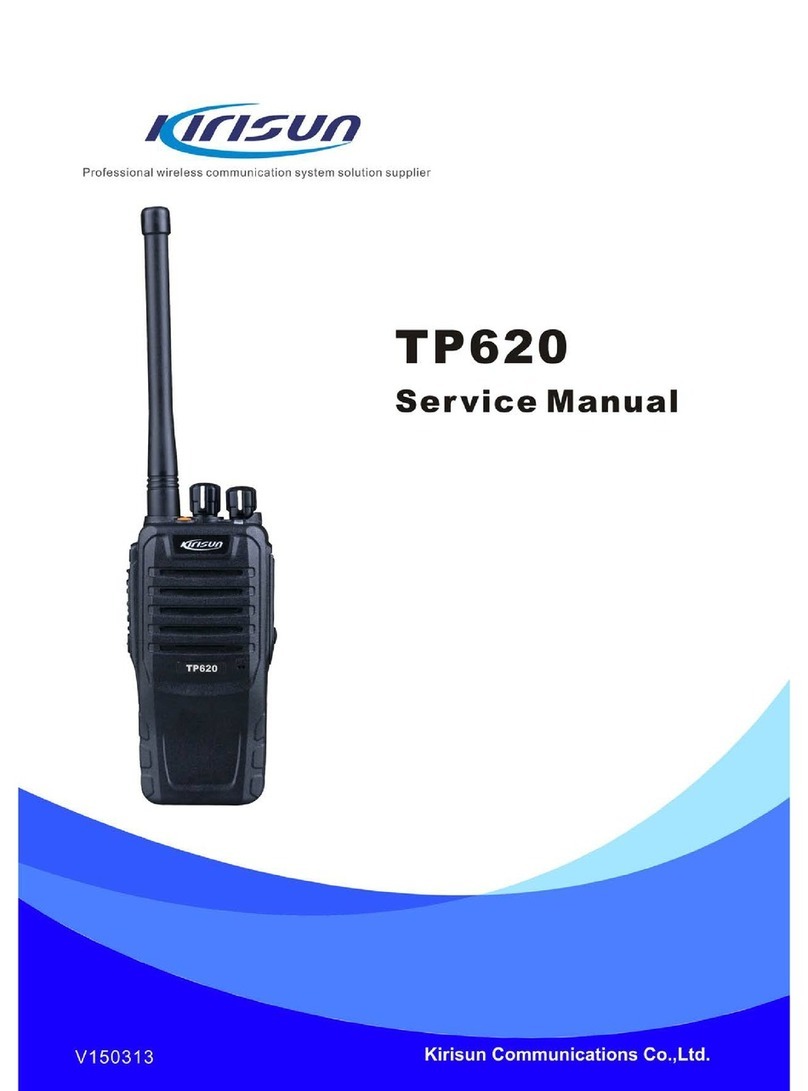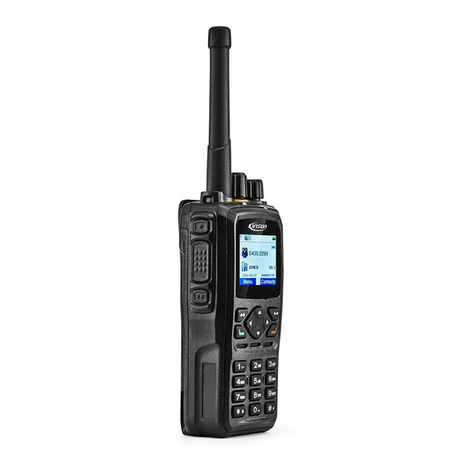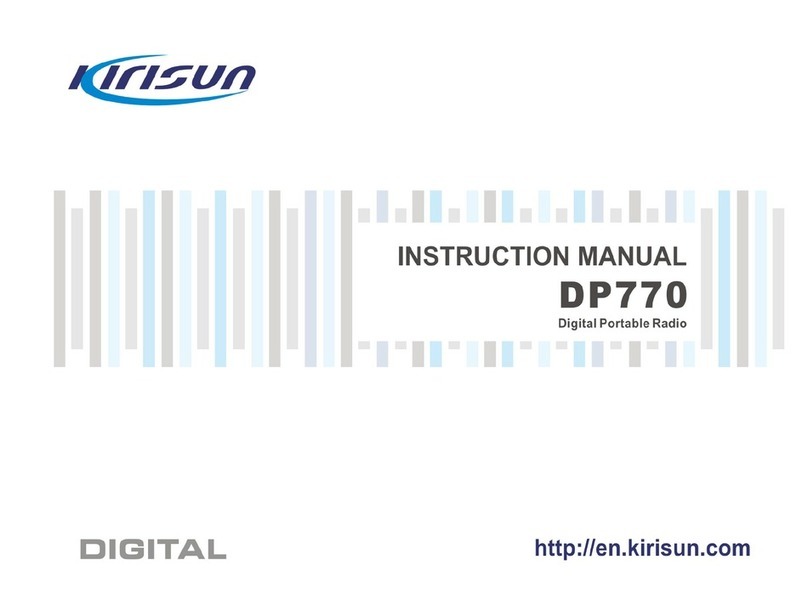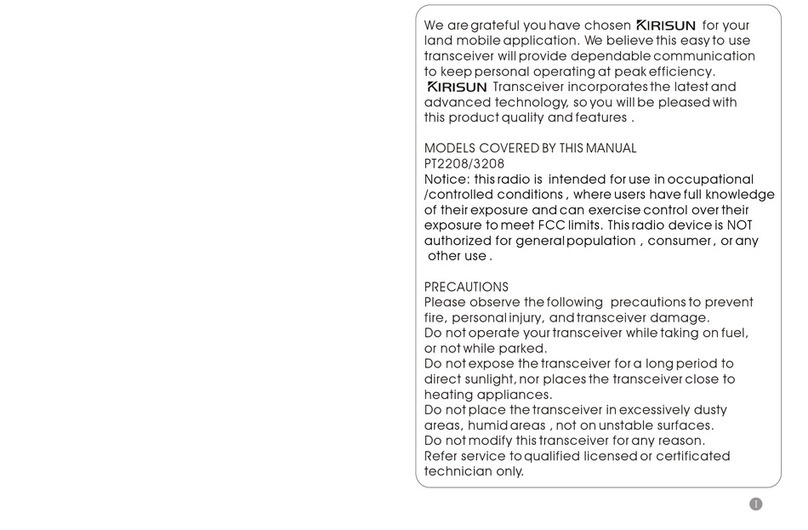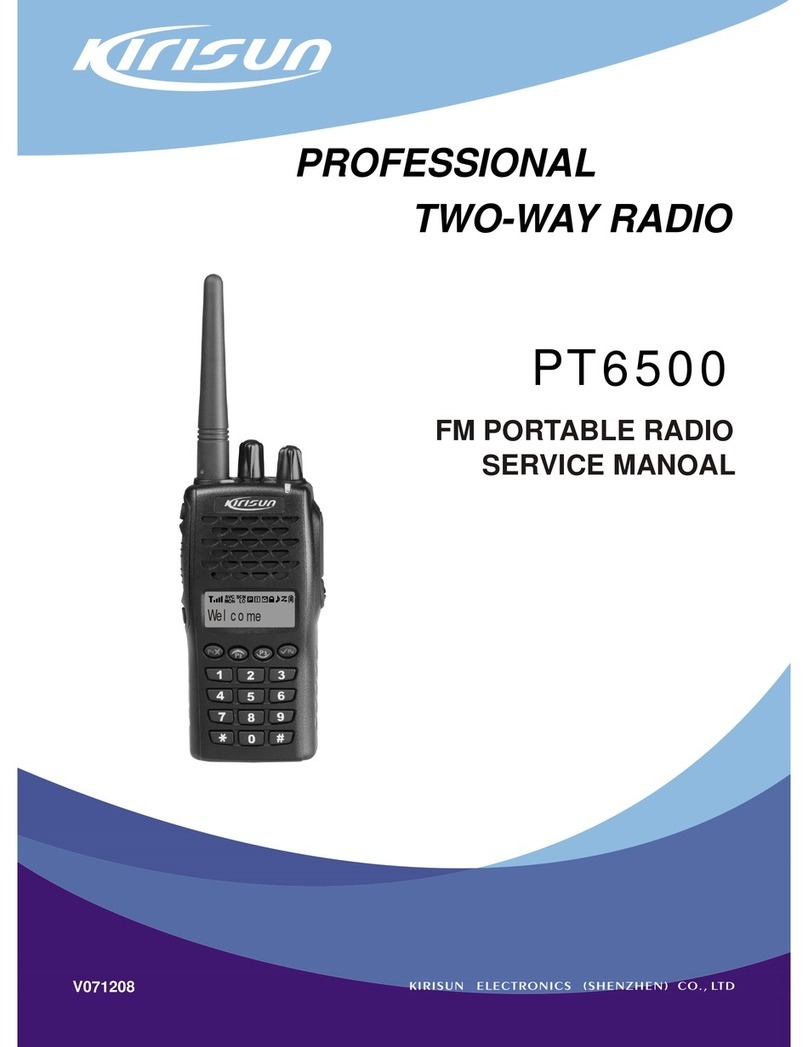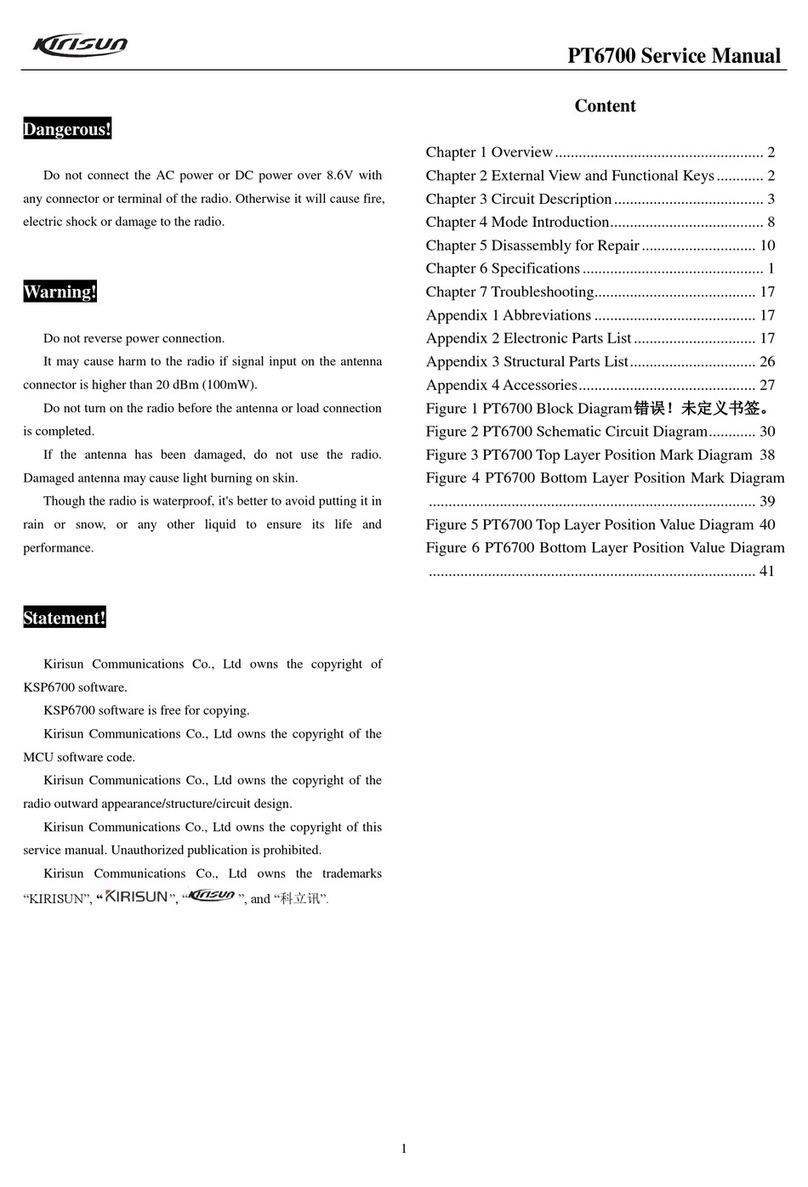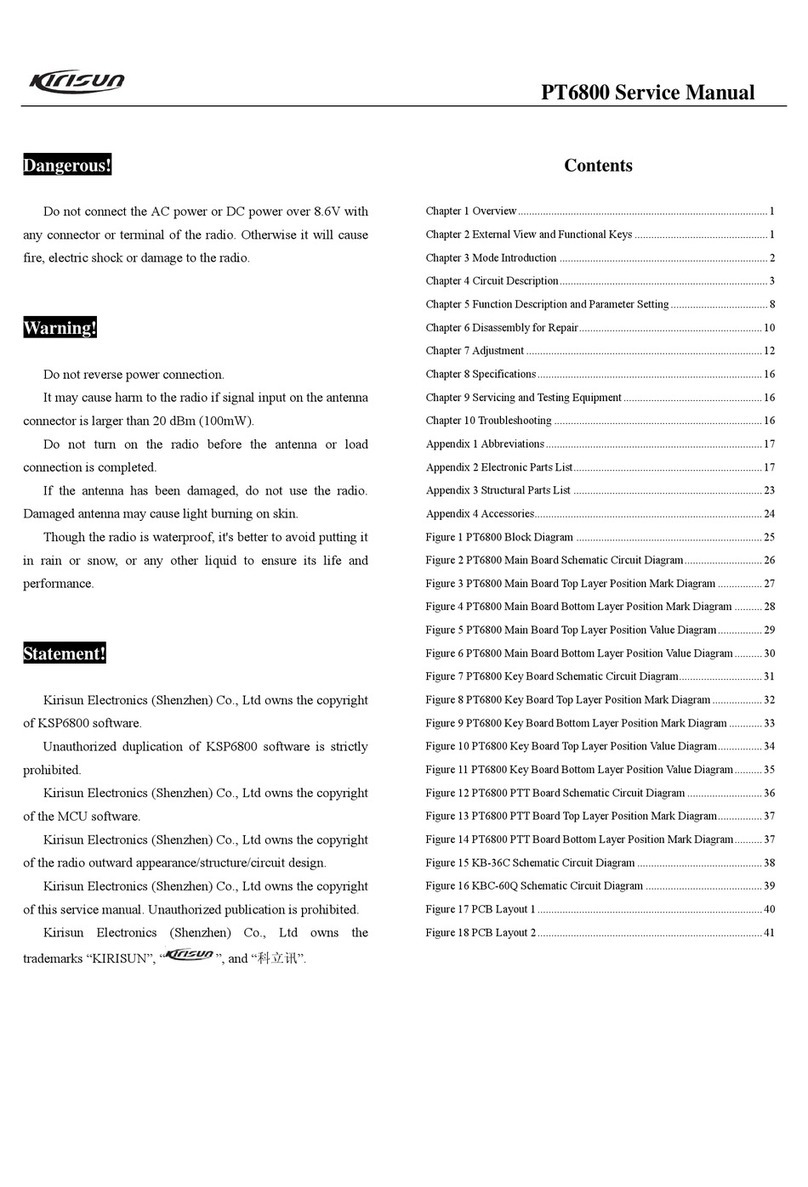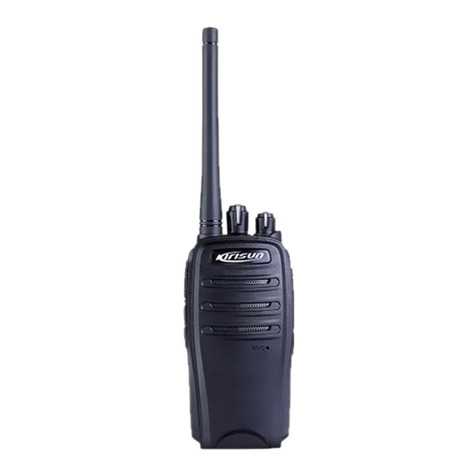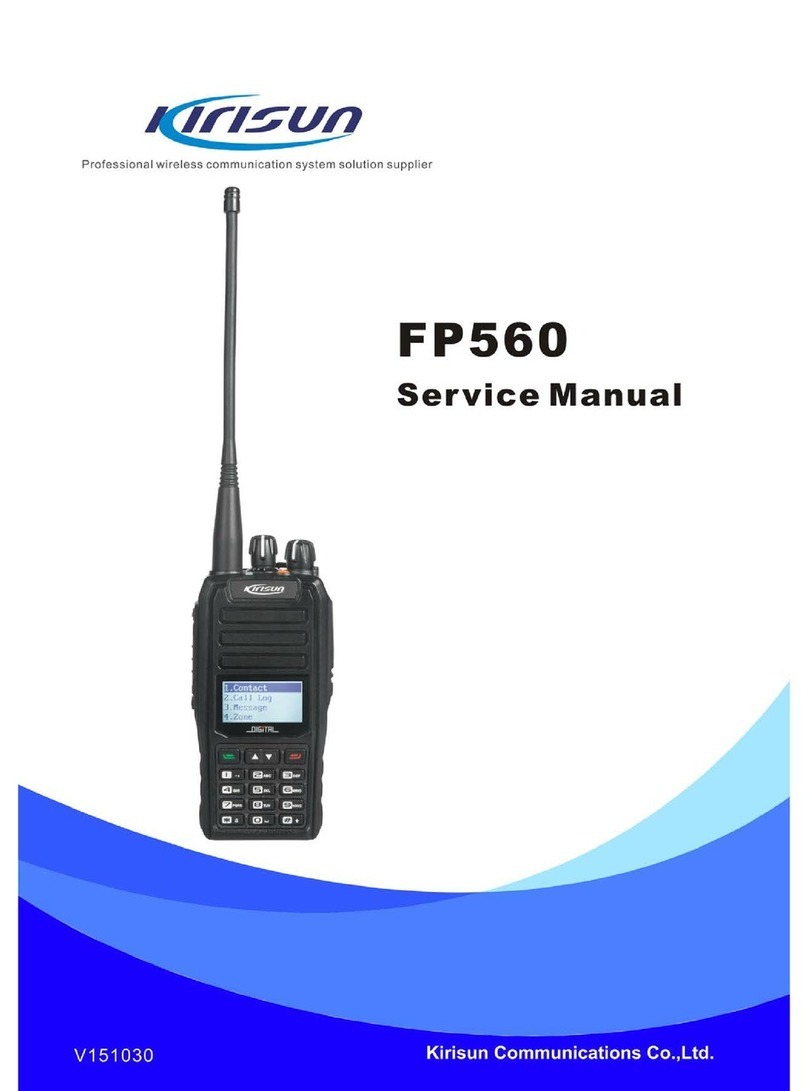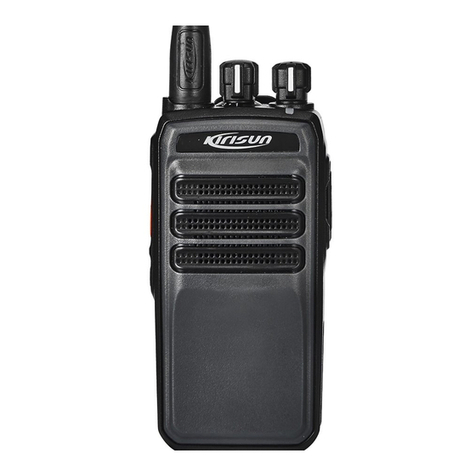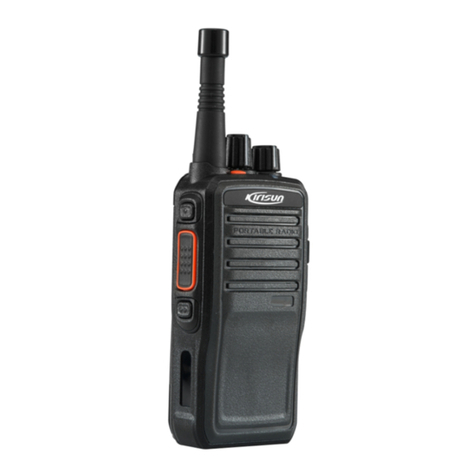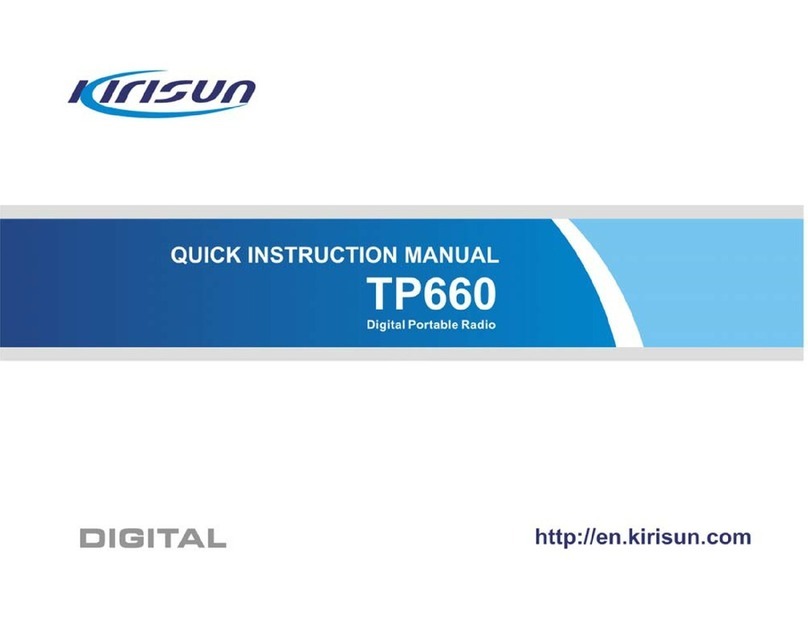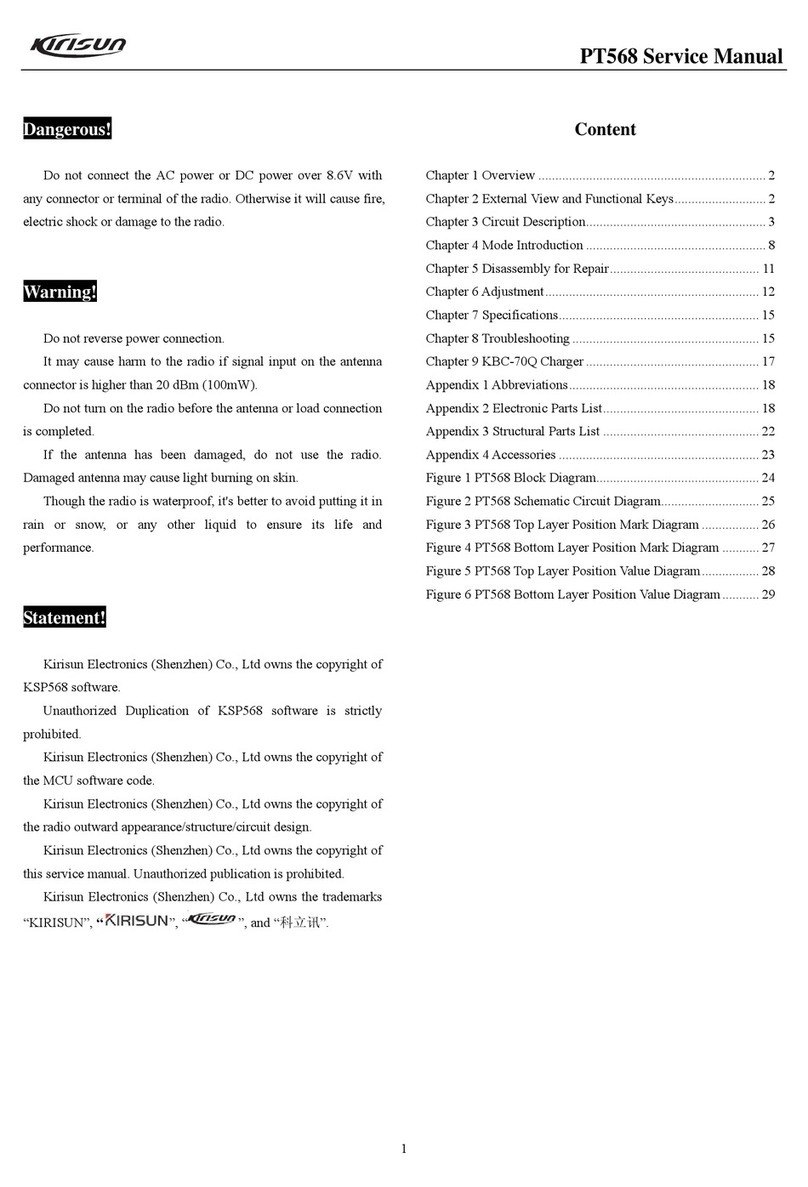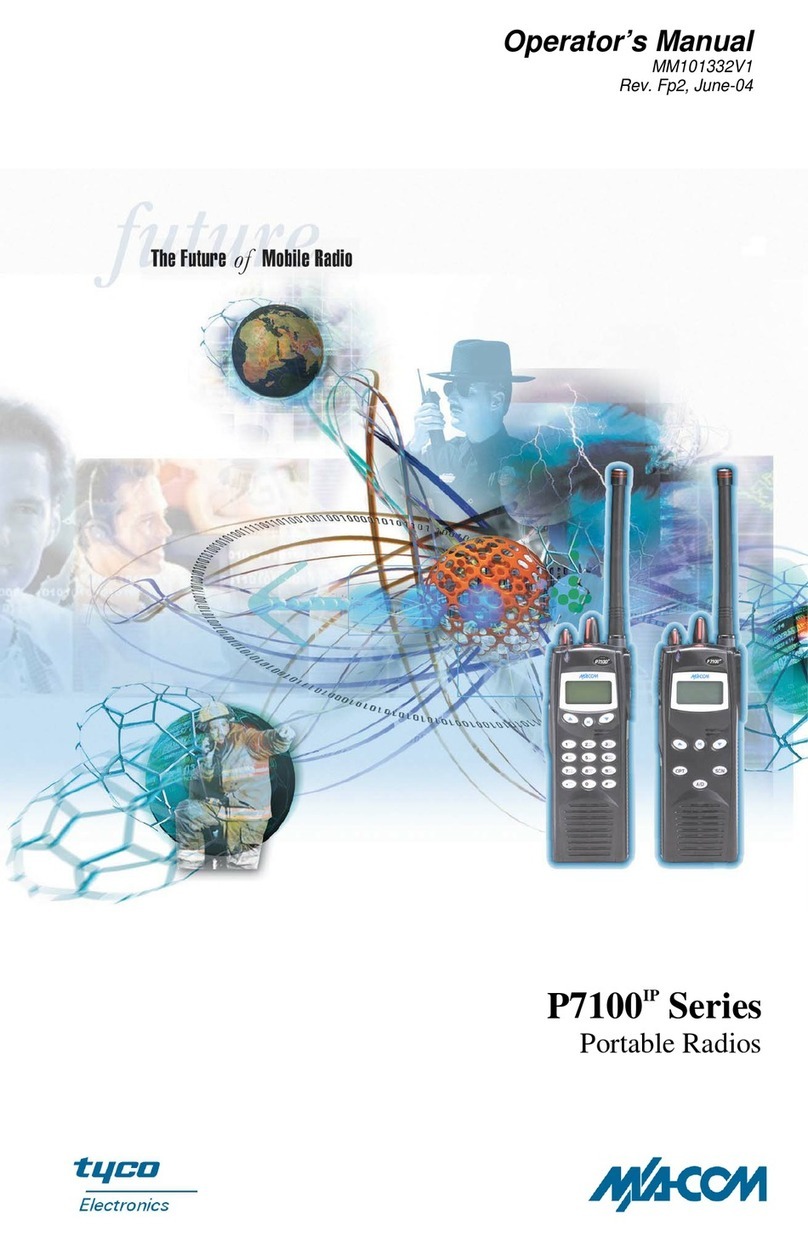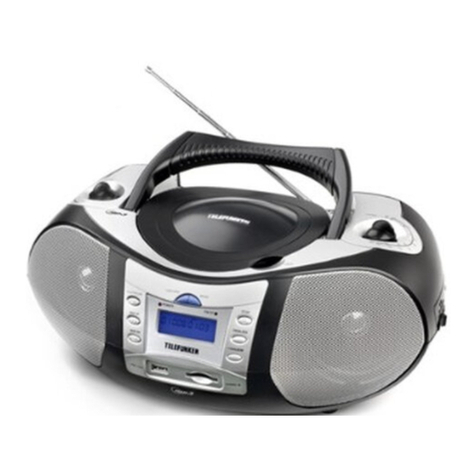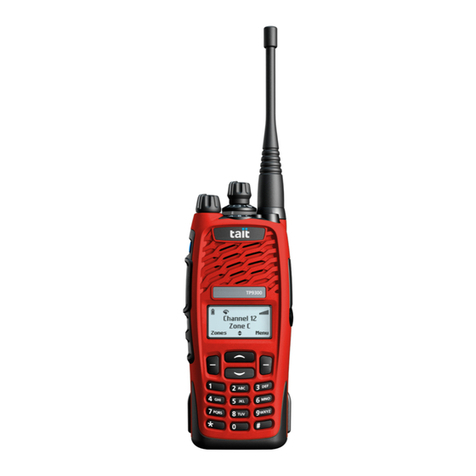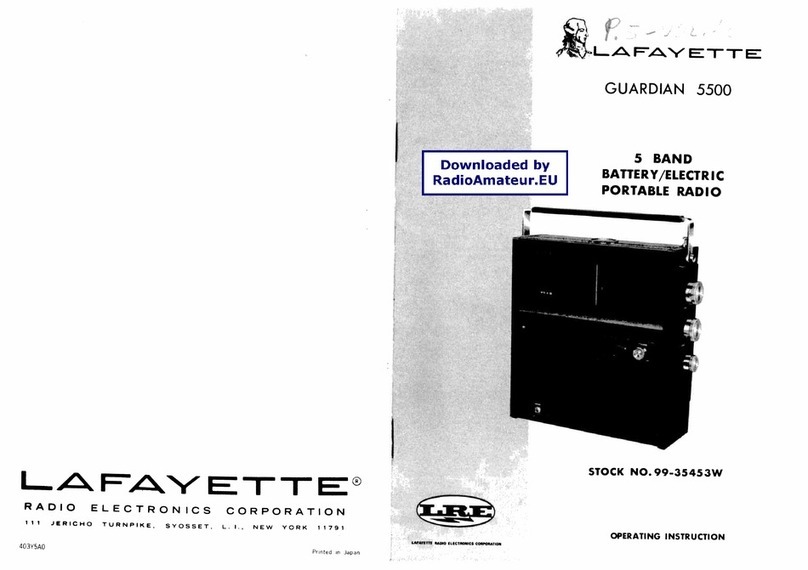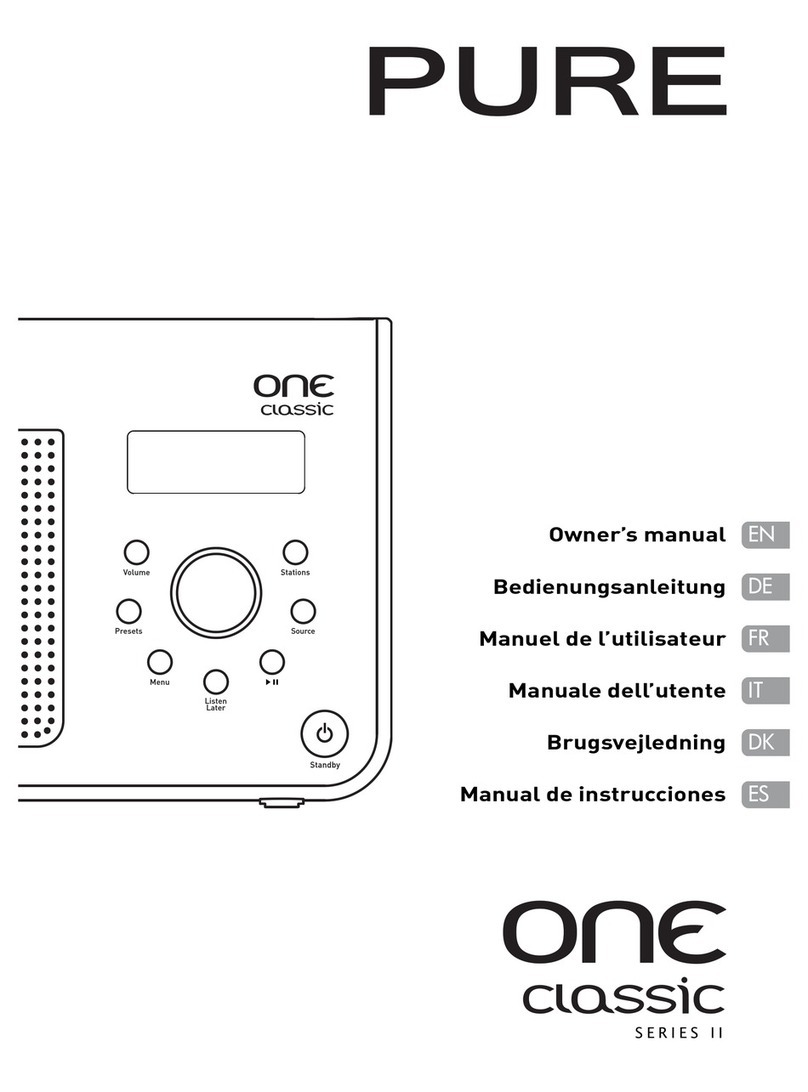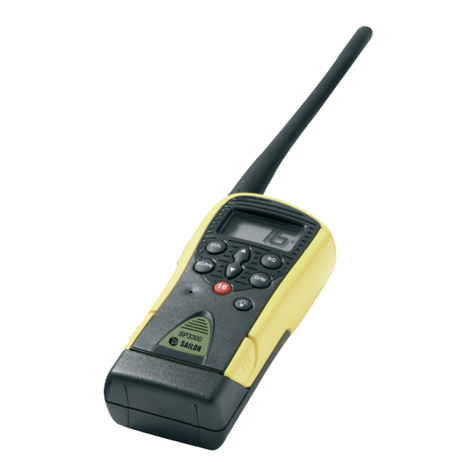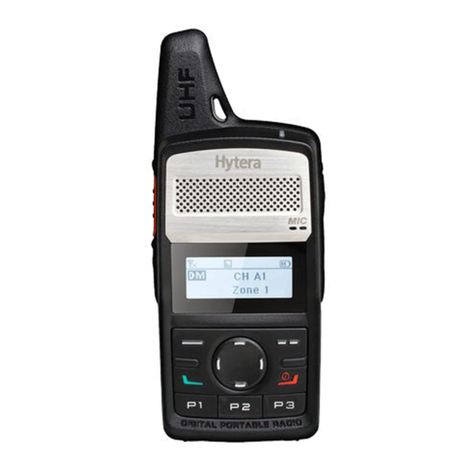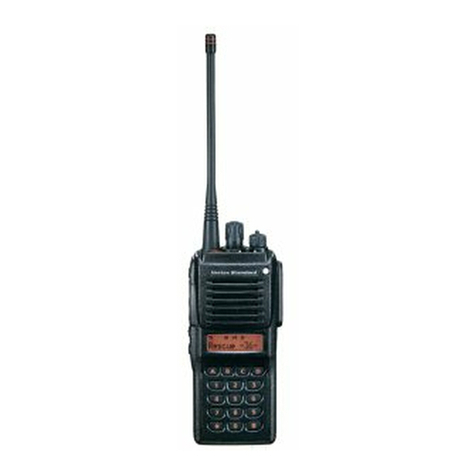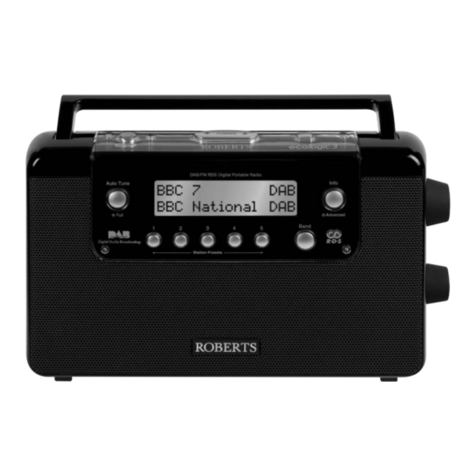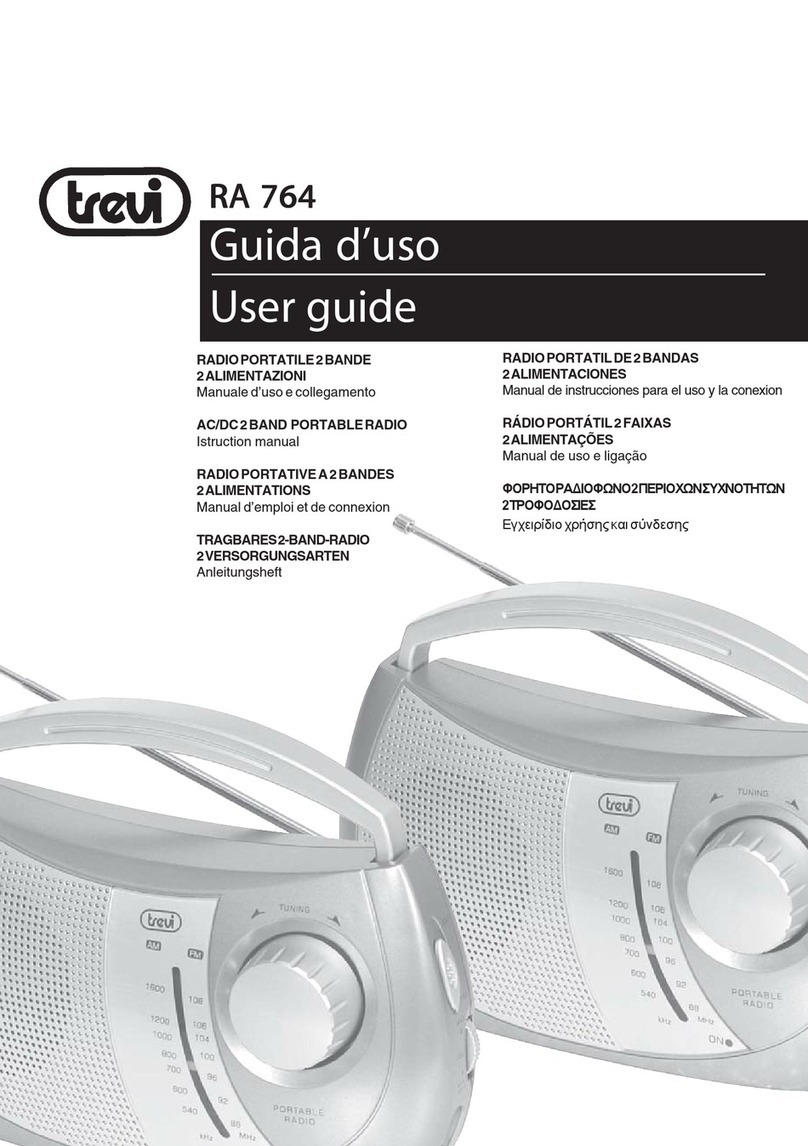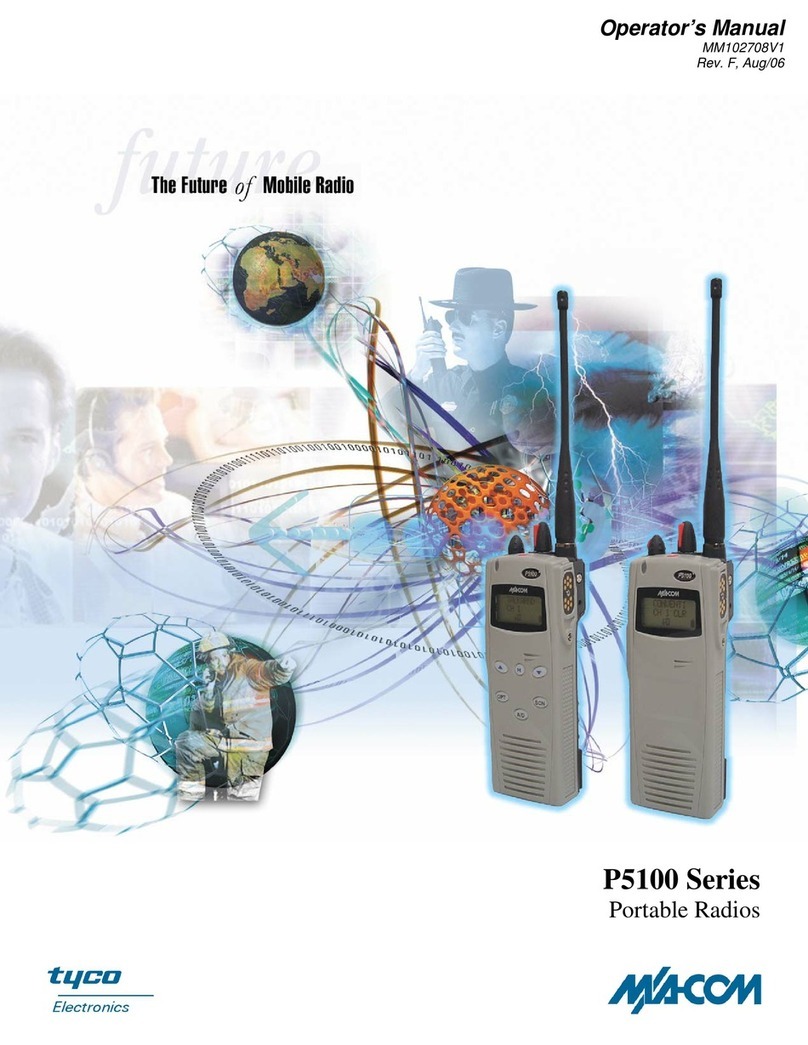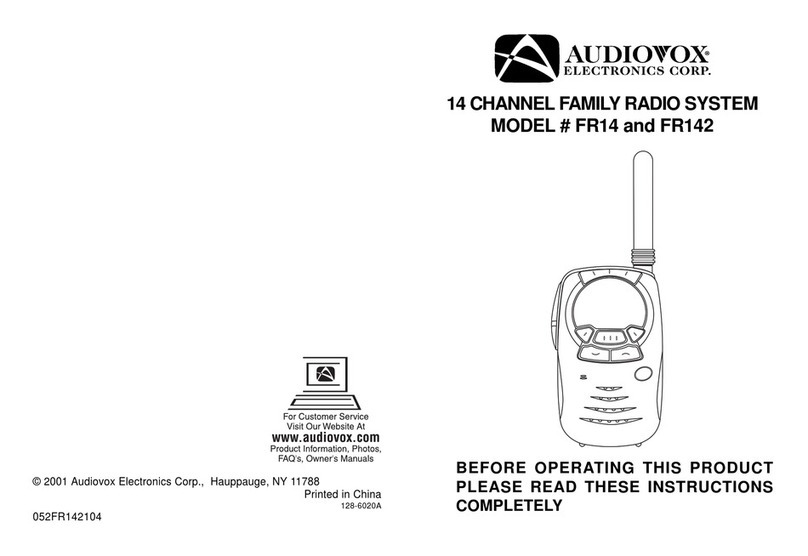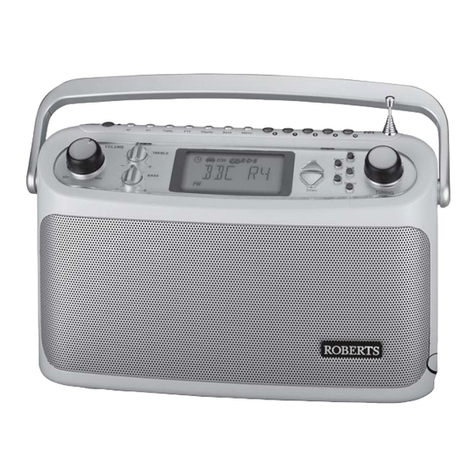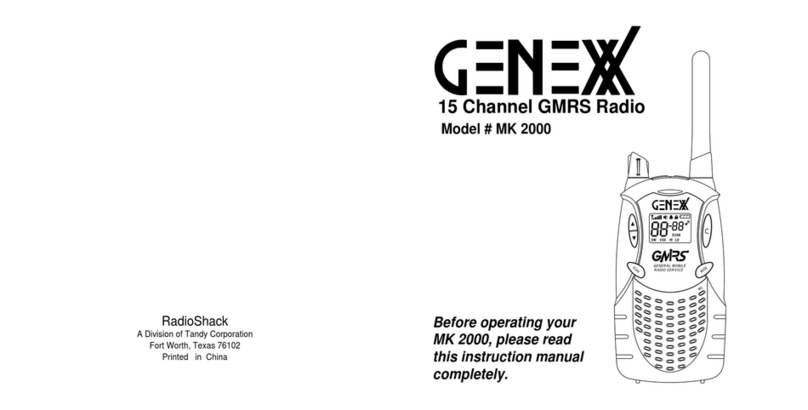TP660 Service Manual
Contents
1.Overview ......................................................................................................................................................1
1.1. Scope...............................................................................................................................................................1
1.2. Safety Precaution.............................................................................................................................................1
2.Introduction.................................................................................................................................................2
2.1. External Views and Functional Keys................................................................................................................2
2.2. LED Indicator ...................................................................................................................................................2
3.Circuit Description......................................................................................................................................3
3.1. Tx/Rx Signal Procedure...................................................................................................................................3
3.1.1. Tx Circuit .......................................................................................................................................................3
3.1.2. Rx Circuit.......................................................................................................................................................4
3.1.3. Frequency Synthesizer Circuit ......................................................................................................................6
3.2. Power Section..................................................................................................................................................6
4.Function Description and Parameter Settings........................................................................................8
4.1. Conventional Functions ...................................................................................................................................8
4.2. Function Parameter Settings ...........................................................................................................................8
5.Assemble and Disassemble Instructions............................................................................................... 11
5.1. Attaching and Detaching the Battery .............................................................................................................12
5.2. Attaching the Antenna....................................................................................................................................12
5.3. Attaching the Belt Clip....................................................................................................................................13
5.4. Separating the Shell from the Chassis ..........................................................................................................13
5.5. Disassemble the Main Board from the Chassis.............................................................................................14
5.6. Separating the Keyboard from the Front Cover.............................................................................................15
5.7. Exploded View ...............................................................................................................................................16
6.Adjustment ................................................................................................................................................18
6.1. Components for Adjustment...........................................................................................................................18
6.2. Adjustment Test Method ................................................................................................................................19
6.2.1. Frequency Description ................................................................................................................................19
6.2.2. Test Tools ....................................................................................................................................................19
6.2.3. Tx Test and Modulation...............................................................................................................................19
6.2.4. Rx Test and Modulation...............................................................................................................................21
7.Technical Functions and Index ...............................................................................................................22
8.Maintenance and Test Equipment...........................................................................................................24
9.Troubleshooting........................................................................................................................................25
Appendix .......................................................................................................................................................26
List 1 Material List(Electronic Section 400-470MHz)......................................................................................26
List 2 Material List(Electronic Section 136-174MHz)......................................................................................37
List 3 Material List (structure material)....................................................................................................................47
Figure 1 TP660 Main Board Top Side PCB View (400-470MHz) ...........................................................................50
Figure 2 TP660 Main Board Bottom Side PCB View (400-470MHz)......................................................................50
Figure 3 TP660 Main Board Top Side PCB View (136-174MHz) ...........................................................................51
Figure 4 TP660 Main Board Bottom Side PCB View (136-174MHz)......................................................................51
Figure 3 TP660 keypad Top Side PCB View ..........................................................................................................52
Figure 4 TP660 keypad Bottom Side PCB View.....................................................................................................52
Figure 5 TP660 Mainboard Schematic Diagram(400-470MHz) .............................................................................53
I
